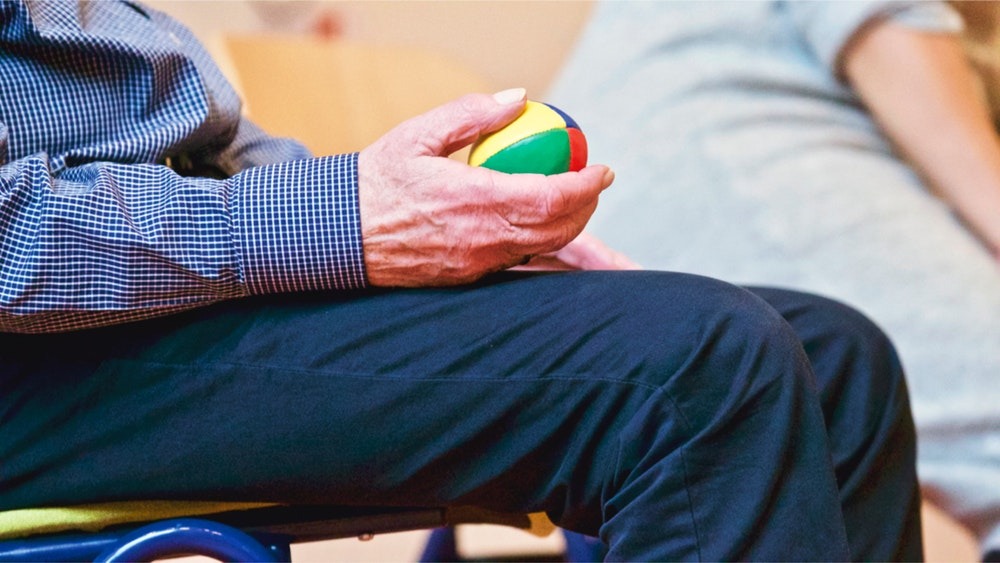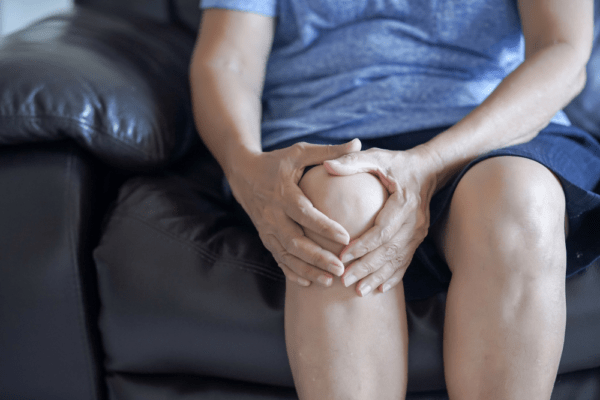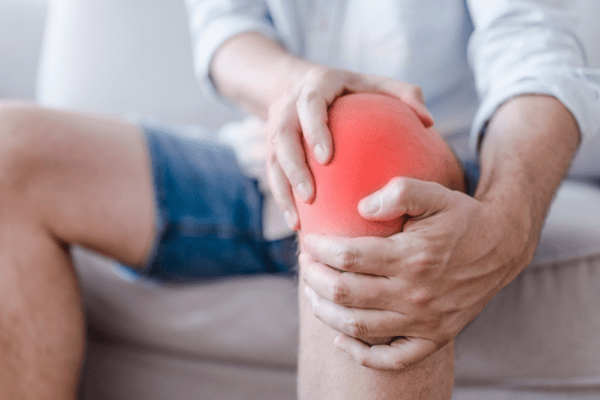Osteoporosis is infamously known as a “silent disease” for its asymptomatic nature and sometimes only comes to light when you suffer a fracture. With osteoporosis, bone loss is gradual, taking place over the years. Eventually, your bones become so weak and fragile that even a minor fall from standing height, a bump, or a sudden movement can result in a broken bone.
Osteoporosis is a condition that is characterized by brittle bones that fracture or break easily. It is progressive disease which can be managed better by recognizing the “red flags” in its early stages. Identifying early signs of osteoporosis can reduce the overall risk of developing the condition, as well as prevent further bone loss.
Bones That Easily Fracture
A fracture is usually the most common and the first sign of low bone density which people experience of osteoporosis. Since your bones have less strength, you are more likely to experience serious bone injuries if you suffer from a fall, or experience other bone trauma. Bone fractures tend to occur on the wrists, hips or the vertebral bones of the back.
A vertebral (spine) compression fracture, a broken wrist or a broken hip, any unexplained fracture or one caused by a low-trauma incident (such as a fall from standing height or less) should be about to a doctor as soon as possible.
Poor or Stooped Posture
Developing a progressive loss of height or a bent forward posture is another telltale sign of osteoporosis onset. Also known as “widow’s hump”, a stooped back can occur as a result of multiple osteoporotic fractures in your spine, which cause it to lose its normal curvature. The crumbling effect of the osteoporotic spine also causes a loss in height of even as much as 6 inches due to loosing of calcium.
Some loss of height occurs naturally as we age, but it happens more rapidly and due to a different mechanism in patients with osteoporosis.
Low Bone Density
Bone mineral density results showing a T-score of -2.5 or less (the T-score indicates whether your bone density is above or below average, and a score -2.5 or less indicates osteoporosis) is also indicative of osteoporosis related problems.
Even though, low bone density is not a definitive marker that you will have osteoporosis in the future, it does mean that if you do begin to lose bone, you may be more likely to suffer from fractures or breaks.
Frequent Back Pains
Anyone who experiences sudden or very intense back pain for no discernable reason should investigate further, it could be a potential warning signal of vertebral fractures due to osteoporosis. Persistent back pains often develop after one or more vertebrae are fractured. In persons with osteoporosis this can occur without a fall or after minor trauma like bending over.
This back pain experienced when the person is standing still, can also be aggravated by day to day activities like walking. If you’ve had unexplained back pain, talk to your doctor for a thorough medical examination, including a bone health assessment.
Other Subtle Signs of Osteoporosis
Including the above-mentioned signs and symptoms, there are subtler signs which can be overlooked. These include:
- Receding gums
- Joint or muscle aches
- Vitamin D deficiency
- Difficulty getting up from a chair without using your arms to push
Since these symptoms could also be indicative of other health problems, it is important to talk to your medical health professional and proper diagnosis and treatment. Moreover, men and women older than 50 should especially start talking to their doctor about their risk factors for osteoporosis.
If you are in that age bracket or experiencing these symptoms, it should be a prompt enough for you to get a doctor’s appointment.




